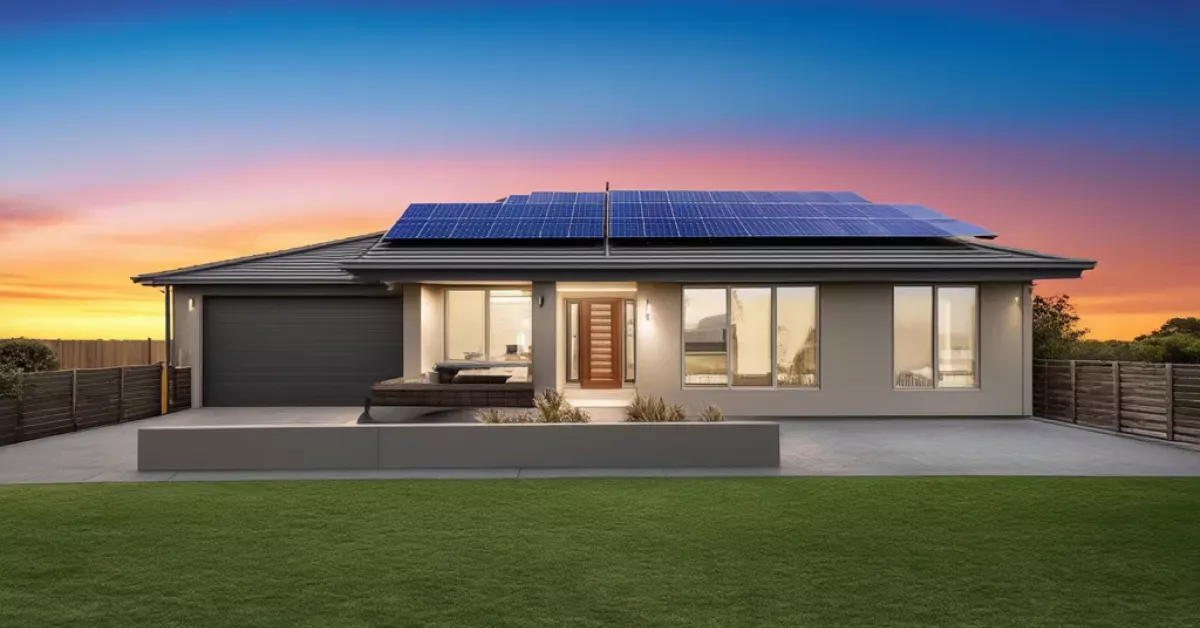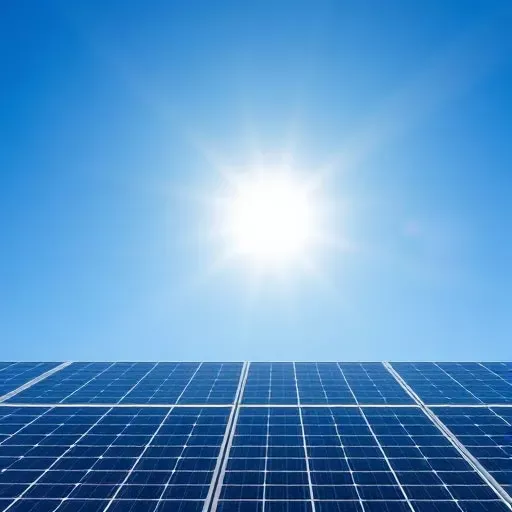G’day readers! Managing utility costs can sometimes feel like trying to plug leaks in a sinking boat. But don’t worry, there are plenty of budget-friendly strategies you can employ to keep your costs under control. By taking a closer look at how much energy you’re using and finding ways to cut back where possible, you can significantly reduce your bills, making it easier to save or spend on things you love.

Explore Your Energy Usage for Utility Savings
Analyse Current Utility Costs
Ever opened your energy bill and felt your heart skip a beat? You’re not alone. The first step in slashing those costs is understanding what you’re actually paying for. Grab your past bills and take some time to identify any patterns. Look for peak usage times and think about what might be causing those spikes.
Identify Key Areas for Energy Improvement
Once you’ve figured out when you’re using the most energy, it’s time to pinpoint where adjustments can be made. Maybe those long, hot showers in winter or the extra load of washing on weekends could be reined in. By zeroing in on these areas, you can start making changes that add up to real savings.
Master Cost Management for Affordable Utilities
Develop a Budget-Friendly Utility Plan
Creating a plan to manage your utility costs doesn’t need to be complicated. Set a realistic budget based on your average past use and try to stick to it. Set reminders to review your bills and adjust your usage to keep your expenses within the lines.
Balance Comfort with Cost Management
We all love a toasty warm house in winter and a cool refuge in summer, but keeping comfortable doesn’t have to break the bank. Consider wearing an extra layer in winter or using fans and opening windows in summer before turning to more energy-hungry options.
Invest in Energy-Efficient Appliances
Benefits of Utility Bill Reduction
Switching to energy-efficient appliances might involve upfront costs, but these investments pay off over time. For example, replacing your old fridge or washing machine with more efficient models can drastically reduce your electricity bills.
Long-Term Cost Strategies for Saving
Don’t just stop at appliances. Consider energy-saving upgrades like LED lighting and insulation improvements. They keep the heat where it belongs and lighten your utility load in all the right ways.

Investing in energy-efficient appliances leads to significant long-term savings.
Smart Thermostats: Optimise Your Heating and Cooling
Achieve Electricity Savings
Smart thermostats are a savvy way to manage your heating and cooling. They learn your habits and adjust temperatures when you’re not around—saving you money without you having to lift a finger.
Enhance Household Expense Management
These gadgets are brilliant for tracking how much you’re spending on heating and cooling. They offer insights designed to help keep your costs in check and your home comfy.
Solar Power Benefits: A Bright Future for Lower Utility Costs
Embrace Environmental Impact
Solar power is a win-win. With Australia’s generous sunshine, harnessing solar energy reduces reliance on the grid and lowers your carbon footprint. Plus, knowing you’re doing your bit for the environment always feels good.
Understand Long-Term Savings
Initial set-up can be pricey, but the long-term savings, including rebates and reduced electricity bills, make it worthwhile. It’s an investment in a future where you’re less dependent on traditional electricity sources.

Solar energy: a pathway to reduced utility costs and a greener future.
Water Conservation: Simple Steps for Monthly Utility Savings
Install Low-Flow Fixtures
Switching to low-flow taps and showerheads is a simple switch with big benefits. They reduce water waste without sacrificing that satisfying morning rinse under the shower.
Quick Fixes for Leak Issues
Even minor drips can add up over time. Check for leaks regularly and fix them as soon as possible to prevent both water loss and extra charges on your bill.
Save on Utilities with Behavioural Changes
Small changes like shorter showers, running the dishwasher only when it’s full, or turning off taps while brushing teeth can lead to noticeable savings on your water bill.
Efficient Home Systems & Smart Technology Integration
Promote Budget-Friendly Utilities
Incorporating smart home systems into your routine can make managing your household much more efficient. They’re designed to use energy only when needed, which puts you in control of your utility costs.
Monitor Energy Use Effectively
Devices like smart plugs and home energy monitors can show real-time energy usage, providing details on where you can cut down to keep your bills low.
Implement Utility Management Tips
Here are some quick tips to help you get started:
- Regularly update and maintain heating systems.
- Insulate windows and seal gaps around doors to keep the heat in.
- Use sunlight for natural heating during the day.
Government Incentives and Community Collaboration
Leverage Energy-Efficient Measure Rebates
The Australian government offers rebates for adopting energy-efficient measures, which can substantially reduce initial costs. Keep an eye out for these opportunities and take advantage of them.
Join Community Programs and Co-operatives
Getting involved in community initiatives can also make a big difference. Co-operatives may offer group-buying schemes or communal solar panels, making energy savings more accessible and affordable.
Common Mistakes to Avoid:
- Ignoring small leaks and drips.
- Leaving appliances plugged in or running unnecessarily.
- Overlooking government rebates and incentives.
- Skipping regular maintenance on heating and cooling systems.
So, there you have it–turning your home into a model of cost-efficiency doesn’t have to be hard yakka. By making a few smarter choices and tapping into all the wonderful resources at your disposal, you can cut your utility costs and make your home more comfortable. Whether it’s using smart technology, introducing some energy-efficient appliances or getting involved in community programs, every small step leads to a brighter, cheaper future.
